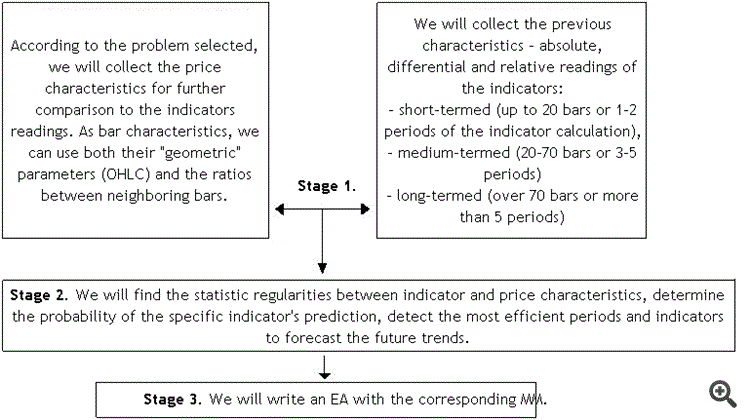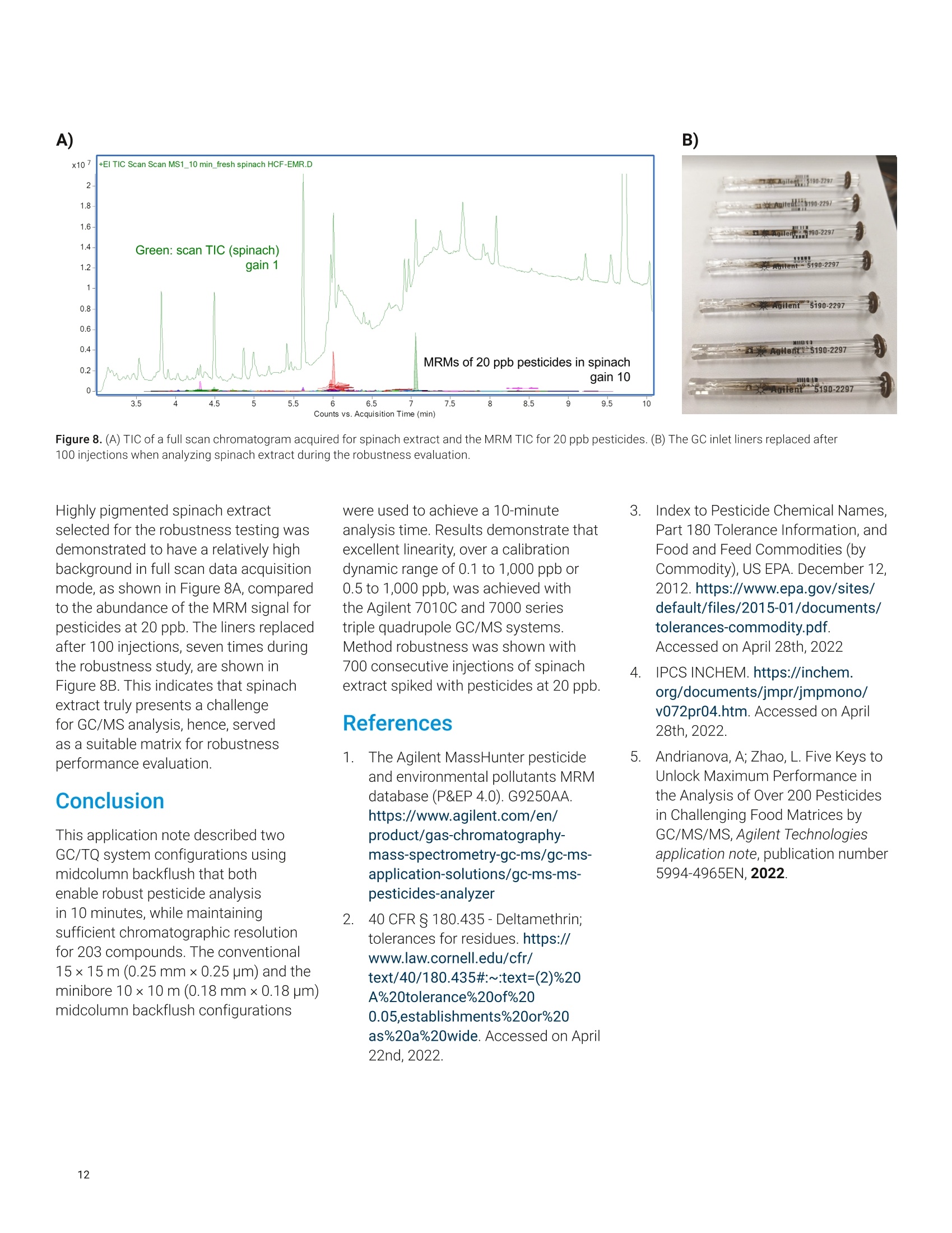### PET Scan Radioactive Glucose: Unlocking the Secrets of Your Body's Metabolism
In the realm of modern medicine, few innovations have proven as transformative as the PET scan radioactive glucose technology. This advanced imaging techniq……
In the realm of modern medicine, few innovations have proven as transformative as the PET scan radioactive glucose technology. This advanced imaging technique has become a cornerstone in diagnosing and monitoring various diseases, particularly cancer. By utilizing a radioactive form of glucose, known as fluorodeoxyglucose (FDG), PET scans provide a unique window into the metabolic processes occurring within the body.
The primary function of a PET scan radioactive glucose is to highlight areas of high metabolic activity, which often correlate with disease processes. Cancer cells, for instance, tend to consume glucose at a higher rate than normal cells. This increased uptake can be visualized through a PET scan, allowing healthcare providers to identify tumors and assess their activity. As a result, patients can receive timely and targeted treatment, improving their chances of recovery.

But how does the process work? First, a small amount of radioactive glucose is injected into the patient’s bloodstream. After a brief waiting period, during which the glucose is absorbed by the body’s cells, the patient is positioned in a PET scanner. The scanner detects the radiation emitted from the radioactive glucose, creating detailed images that reveal the distribution of glucose uptake throughout the body.
The benefits of utilizing PET scan radioactive glucose extend beyond cancer diagnosis. This technology is also invaluable in evaluating neurological disorders, cardiovascular diseases, and even infections. For example, in the case of Alzheimer’s disease, PET scans can help identify patterns of glucose metabolism that are characteristic of the condition, leading to earlier and more accurate diagnoses.

Moreover, the PET scan radioactive glucose procedure is relatively quick and non-invasive, making it a preferred choice for both patients and doctors. Unlike traditional imaging techniques, which may require lengthy preparations or invasive procedures, a PET scan can often be completed in less than an hour. Patients can typically resume their normal activities immediately afterward, with minimal side effects reported.
As with any medical procedure, there are some considerations to keep in mind. The use of radioactive materials, while safe in the small doses used for PET scans, may raise concerns for some patients. It's essential for individuals to discuss these concerns with their healthcare provider, who can provide detailed information about the risks and benefits associated with the PET scan radioactive glucose procedure.

In conclusion, the PET scan radioactive glucose technology represents a significant advancement in medical imaging, offering unparalleled insights into the body's metabolic processes. Its ability to detect abnormalities at an early stage can lead to more effective treatment plans and improved patient outcomes. As research continues to evolve, we can expect even more applications and refinements in this remarkable field, solidifying the PET scan's role as a vital tool in modern medicine. Whether you’re a patient seeking answers or a healthcare provider looking to enhance your diagnostic capabilities, understanding the power of PET scan radioactive glucose can be a game-changer.